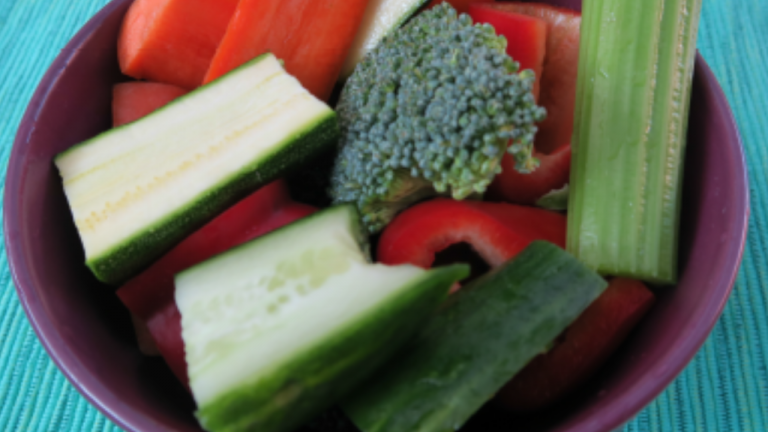HOW TO MAKE COCONUT MILK

Ingredients:
- 2 cups of grated coconut (fresh or dried)
- 4 cups of water (adjust for desired consistency)
Instructions:
- Place the grated coconut and water in a blender or food processor.
- Blend on high speed for a few minutes until the mixture becomes creamy and well combined.
- Set a fine-mesh sieve or cheesecloth over a large bowl or jug.
- Pour the blended mixture into the sieve or cheesecloth, allowing the liquid to strain through while capturing the coconut pulp.
- Gather the edges of the sieve or cheesecloth and squeeze out any remaining liquid to extract as much coconut milk as possible.
- Transfer the strained coconut milk to a glass jar or airtight container.
- Refrigerate the coconut milk and use it within 3-4 days. Shake well before each use, as separation may occur.
Note: If you prefer thicker coconut milk, reduce the amount of water used during blending. Conversely, if you want a thinner consistency, add more water. Experiment with the ratios to find your desired texture.
Homemade coconut milk is a versatile ingredient used in many cuisines and recipes, from curries and soups to smoothies and desserts. Enjoy your freshly made coconut milk!
Take one cup of fresh hard coconut (cut into small pieces), and 2 cups of water. Blend them together until the coconut is pureed and the mixture looks milky. Pour the mixture into a nut milk bag or muslin cloth. Squeeze out the nut milk. The leftover coconut pulp can be used as an excellent exfoliating face scrub, or you can simply compost or discard it. If you have a dehydrator, the pulp can be dried and used as coconut flour.
To make coconut milk, you’ll need fresh mature coconuts and water. Here’s a step-by-step guide:
- Gather the coconuts: Look for fresh, mature coconuts at your local grocery store or market. You can usually identify mature coconuts by their brown, hairy outer shell.
- Crack the coconuts: Use a hammer or a cleaver to crack open the coconuts. Hold the coconut firmly and strike it around its circumference until it cracks open. Be cautious while doing this to avoid injury.
- Collect the coconut water: Once the coconut is cracked open, pour the coconut water into a separate bowl. This liquid can be consumed as is or used in other recipes.
- Extract the coconut meat: Use a spoon or a coconut scraper to separate the white flesh (coconut meat) from the inner shell. The meat is usually attached to the shell, so gently pry it away. Collect all the coconut meat from the cracked coconuts.
- Grate the coconut meat: Grate the coconut meat using a grater or a food processor. The finer the grate, the smoother your coconut milk will be.
- Blend the coconut meat with water: Place the grated coconut meat in a blender or food processor. Add water in a ratio of approximately 1 cup of water for every 1 cup of grated coconut. You can adjust the ratio according to your desired consistency of coconut milk (thicker or thinner).
- Blend until smooth: Process the coconut and water mixture in the blender for a few minutes until it becomes creamy and smooth.
- Strain the mixture: Place a cheesecloth, nut milk bag, or fine-mesh sieve over a large bowl. Pour the blended mixture into the cloth or sieve, allowing the liquid (coconut milk) to pass through while straining out the coconut pulp.
- Squeeze out the milk: Once most of the liquid has passed through, gather the edges of the cloth or sieve and squeeze out any remaining coconut milk. This helps to extract all the liquid and maximize the yield.
- Store the coconut milk: Transfer the strained coconut milk to a clean glass jar or airtight container. It can be stored in the refrigerator for up to 3-4 days. Shake well before using, as the coconut milk may separate upon standing.
That’s it! You’ve successfully made homemade coconut milk. Remember that freshly made coconut milk will have a more vibrant flavor compared to store-bought versions. Enjoy using it in various recipes or as a dairy-free alternative in cooking and baking.



